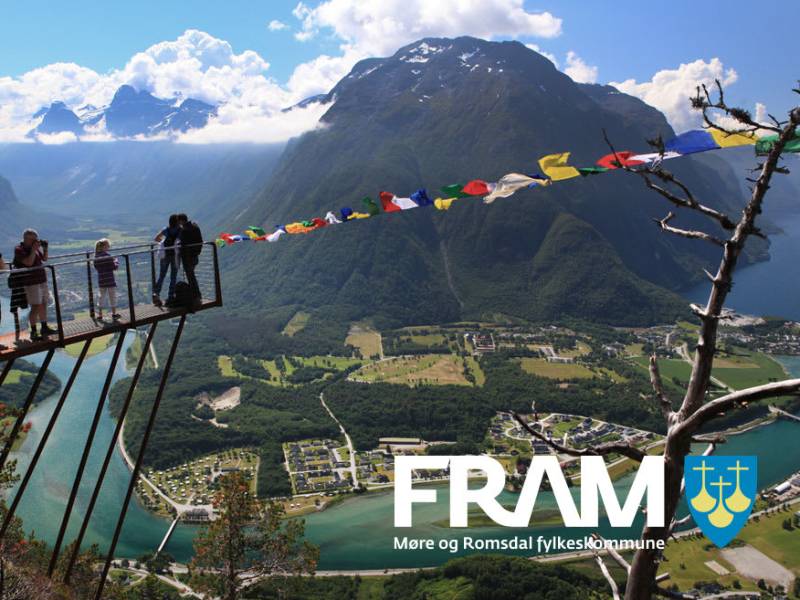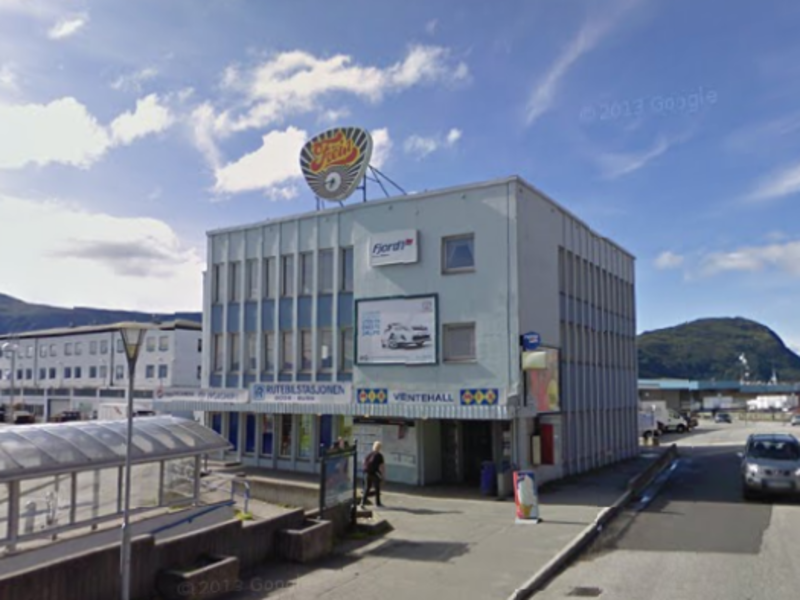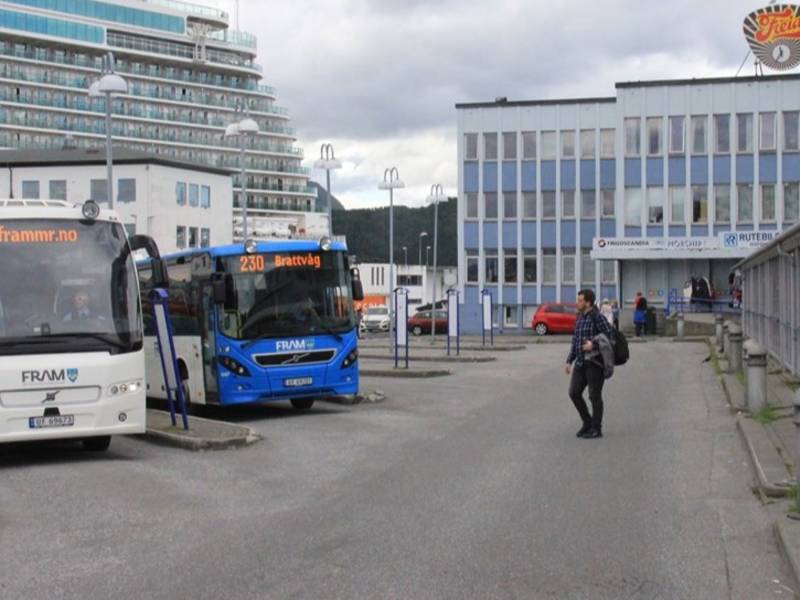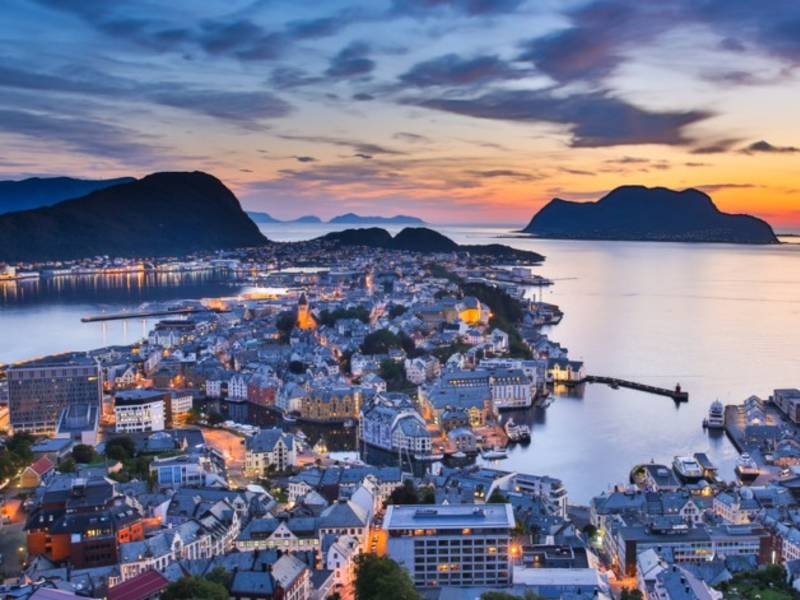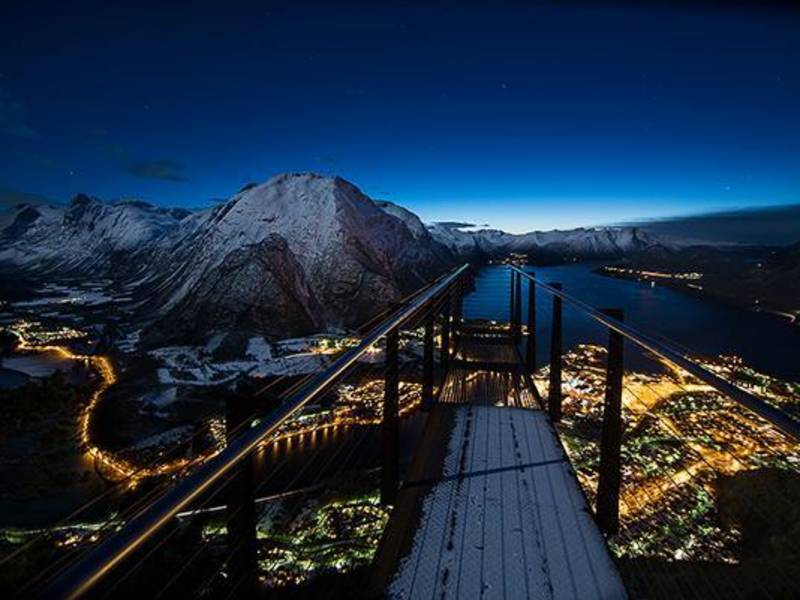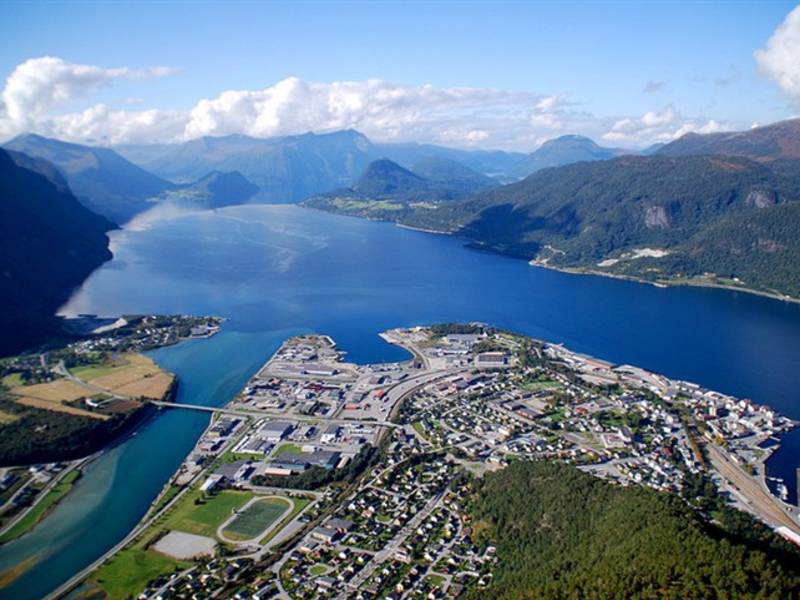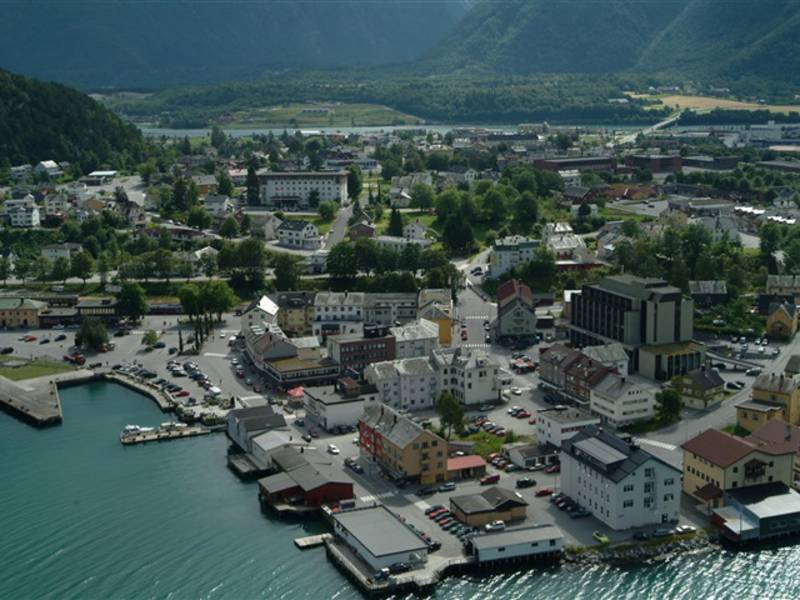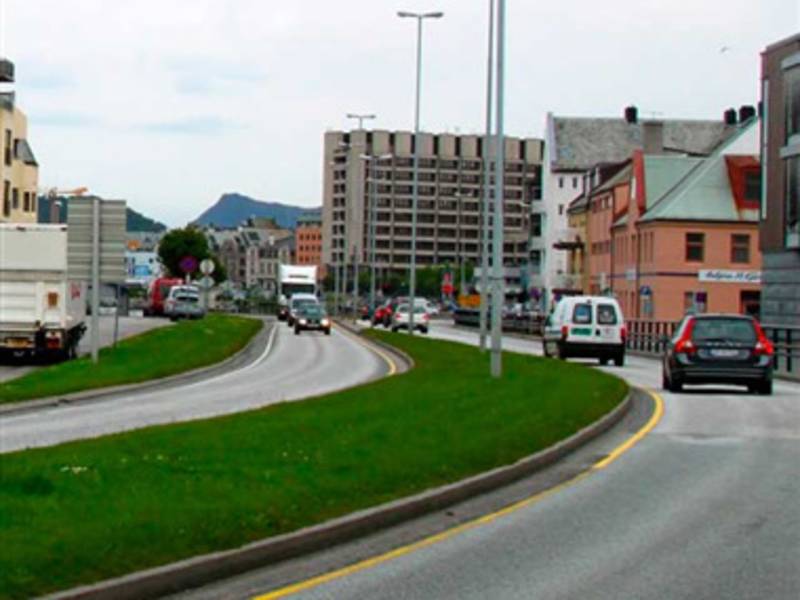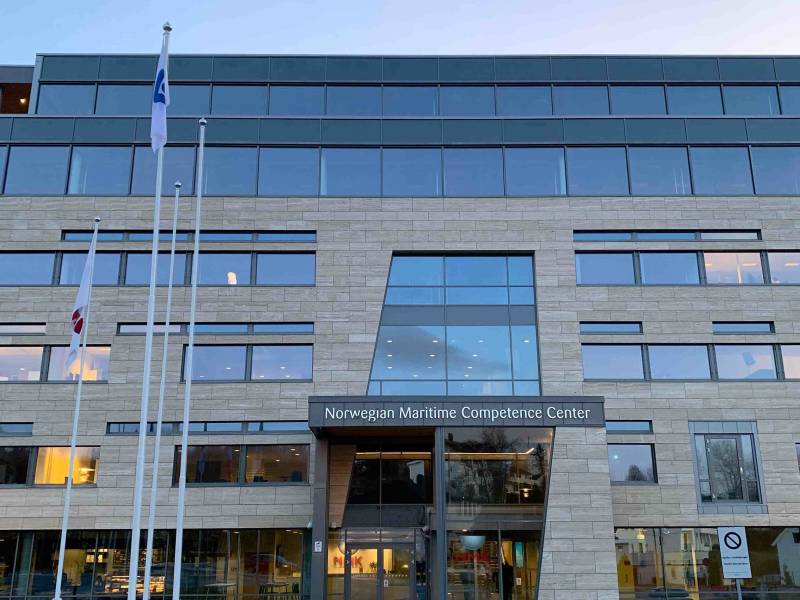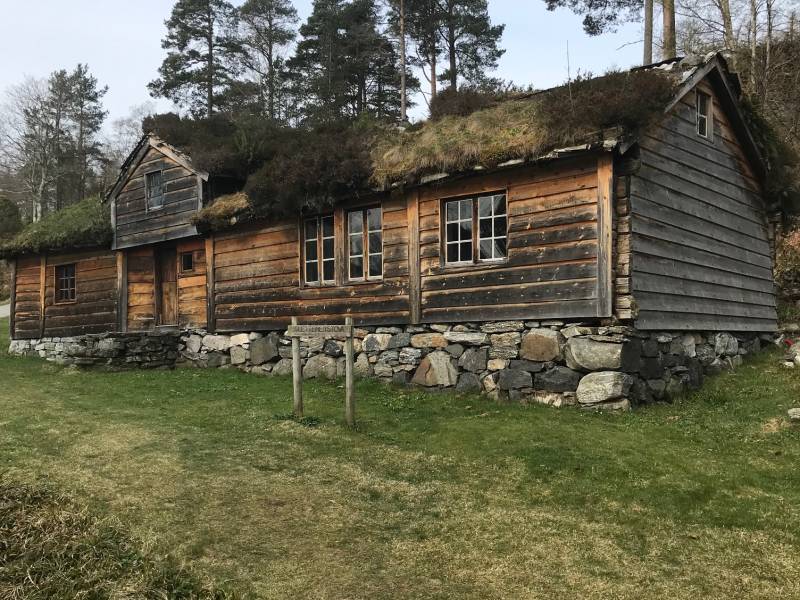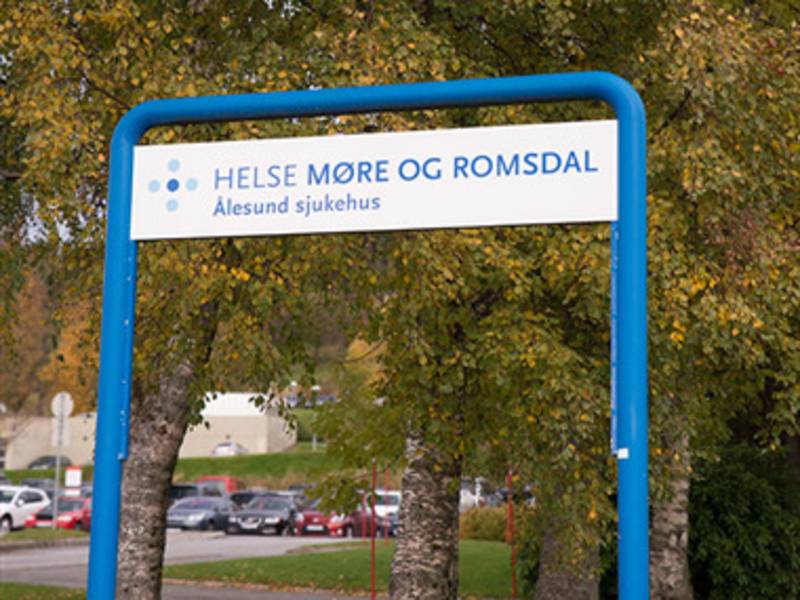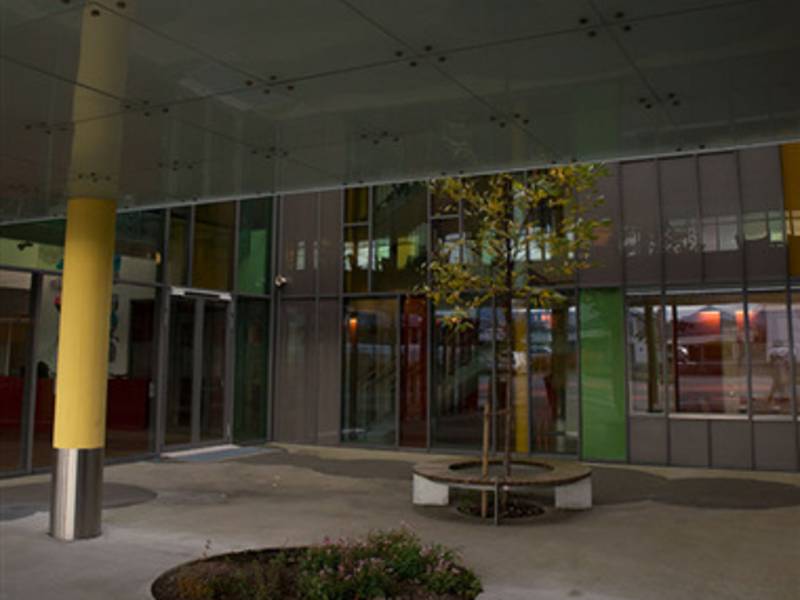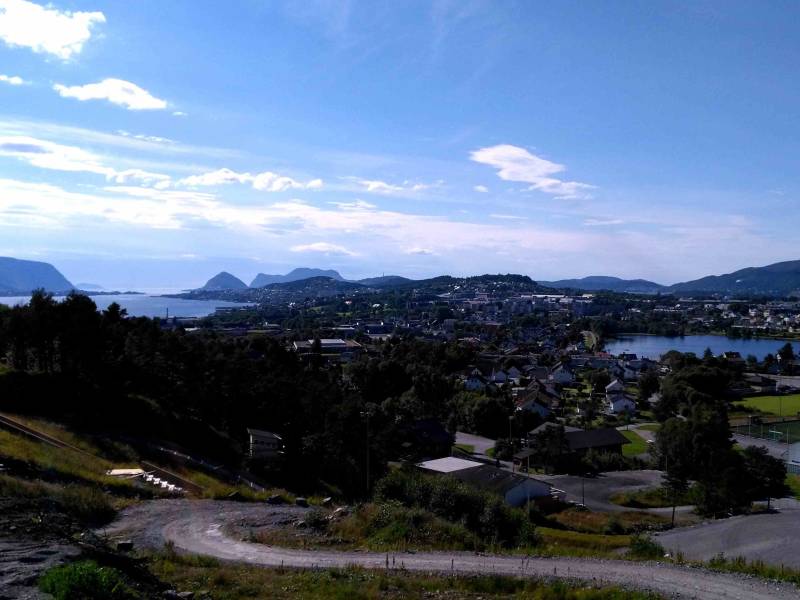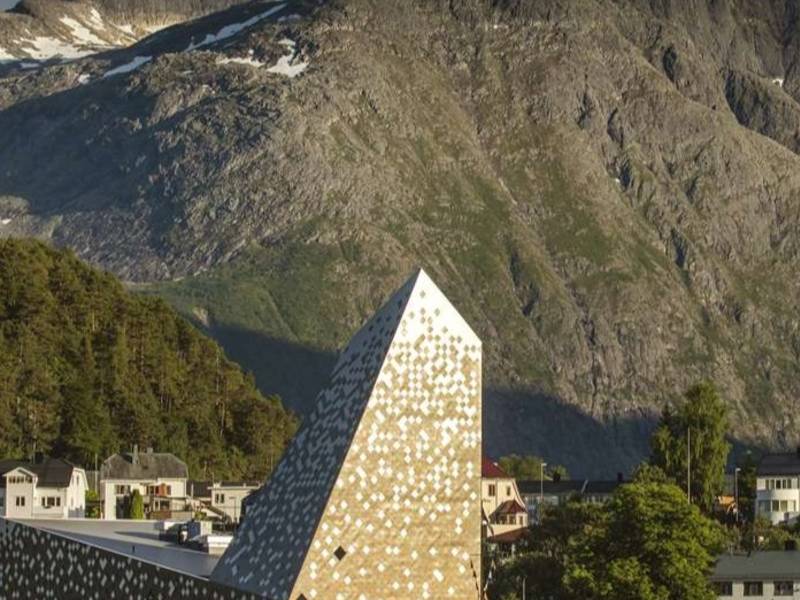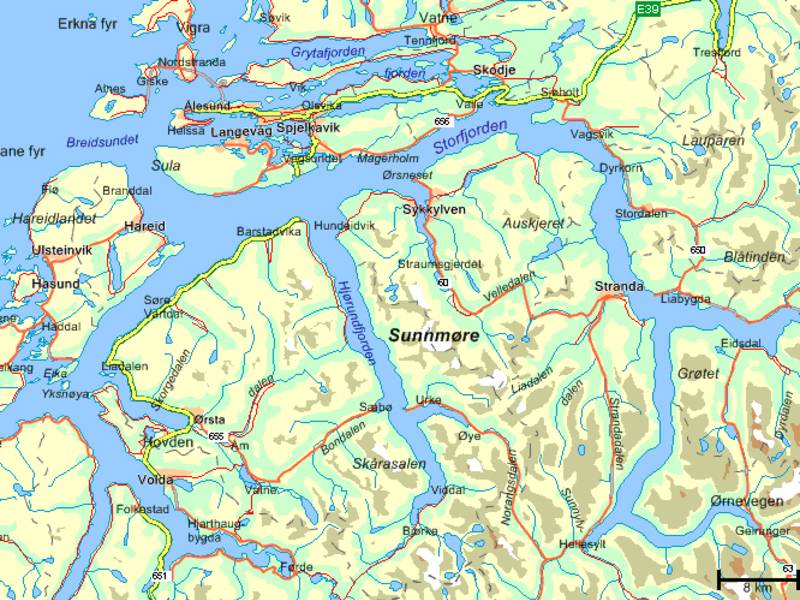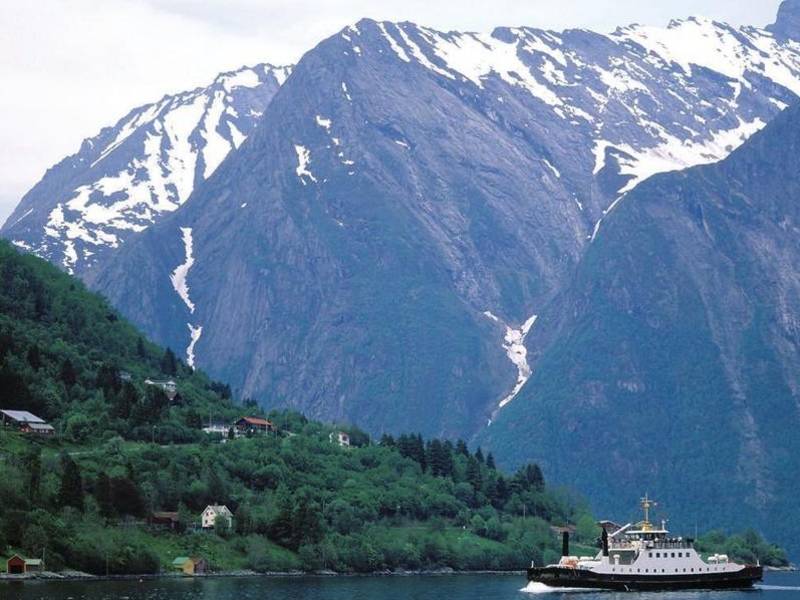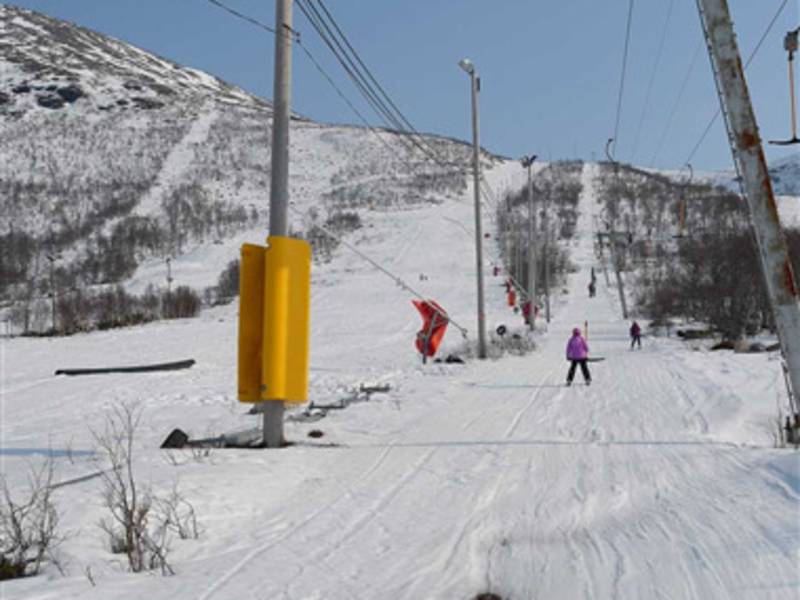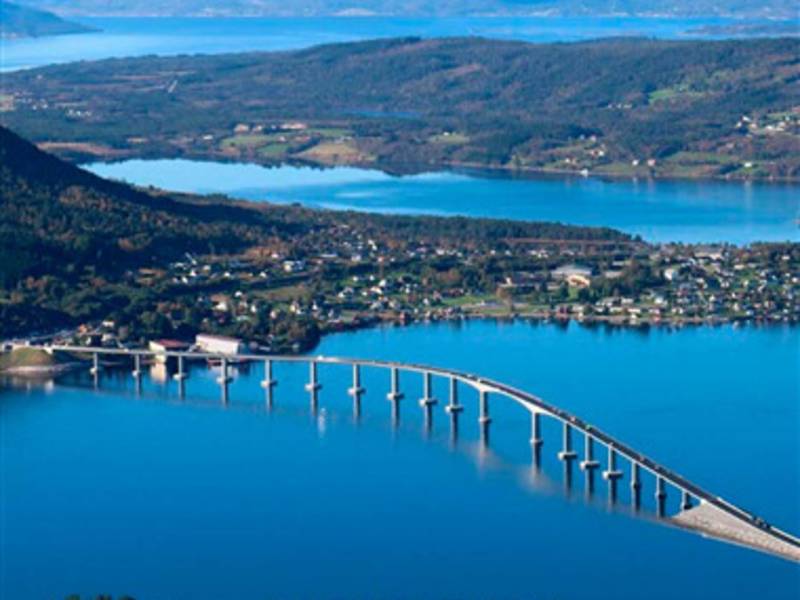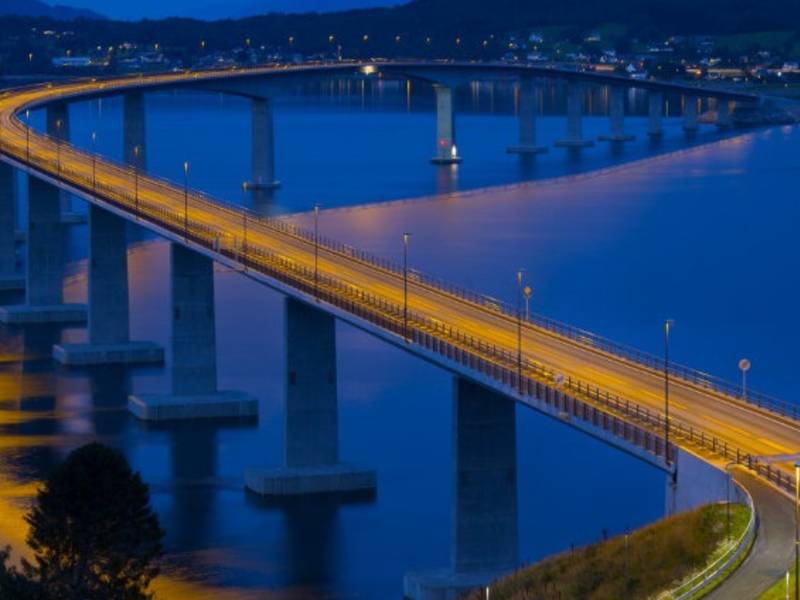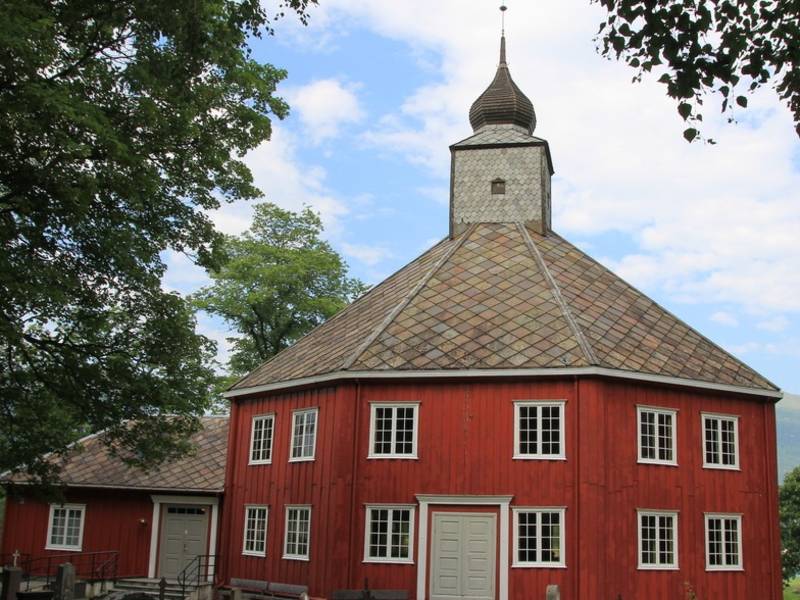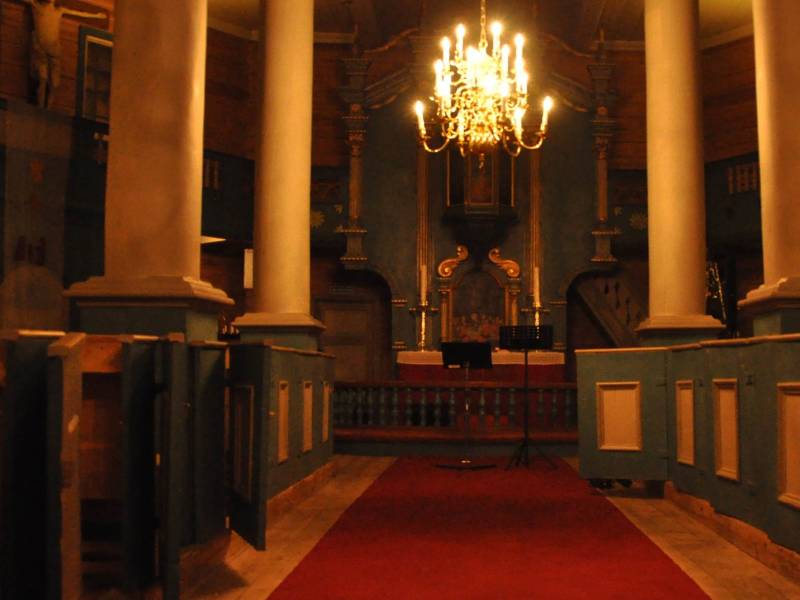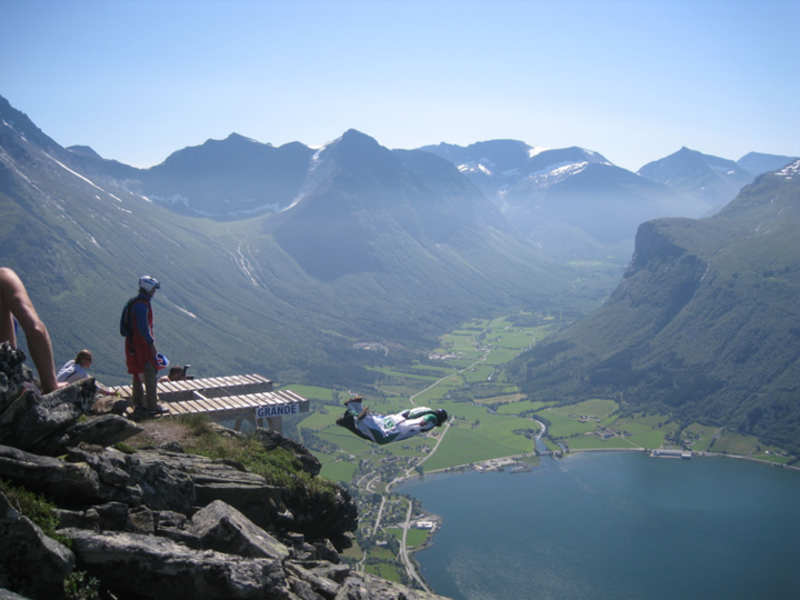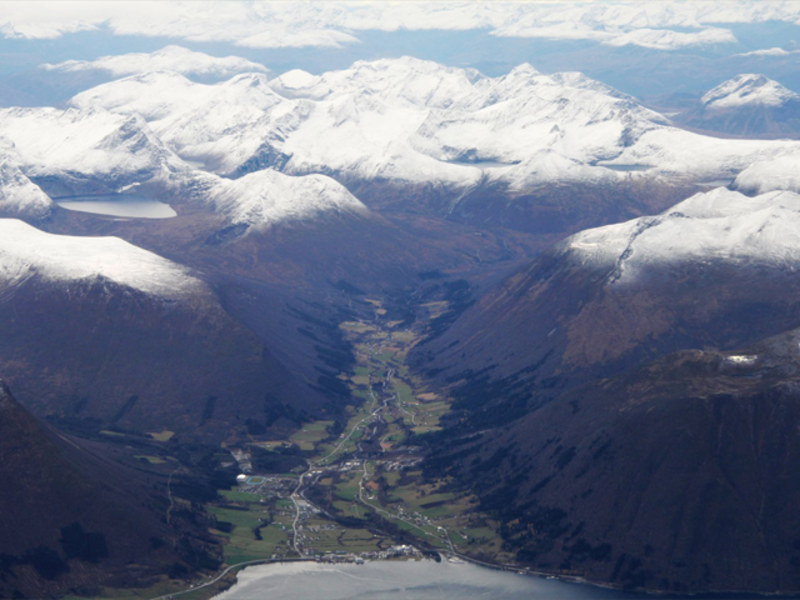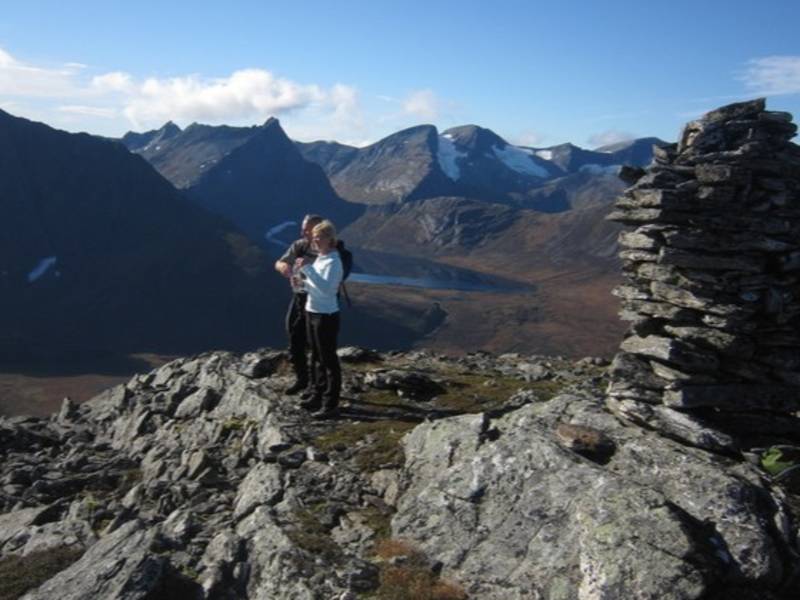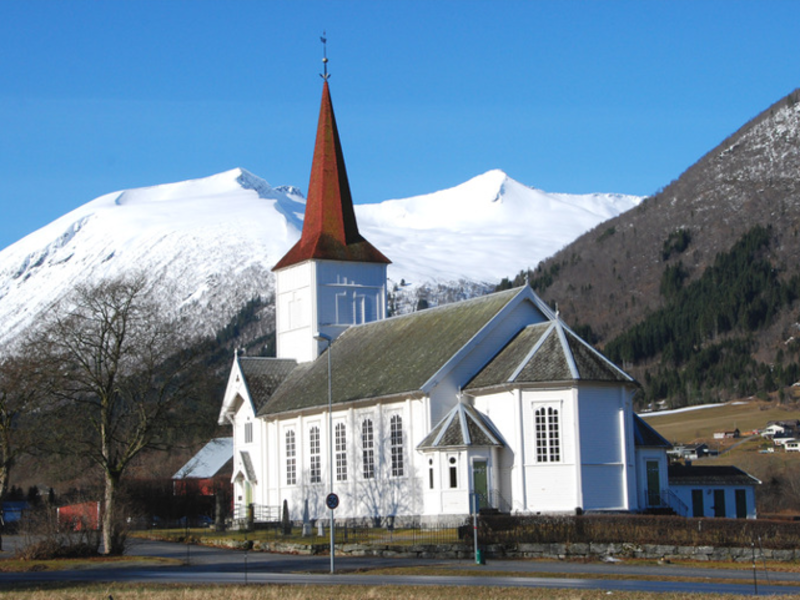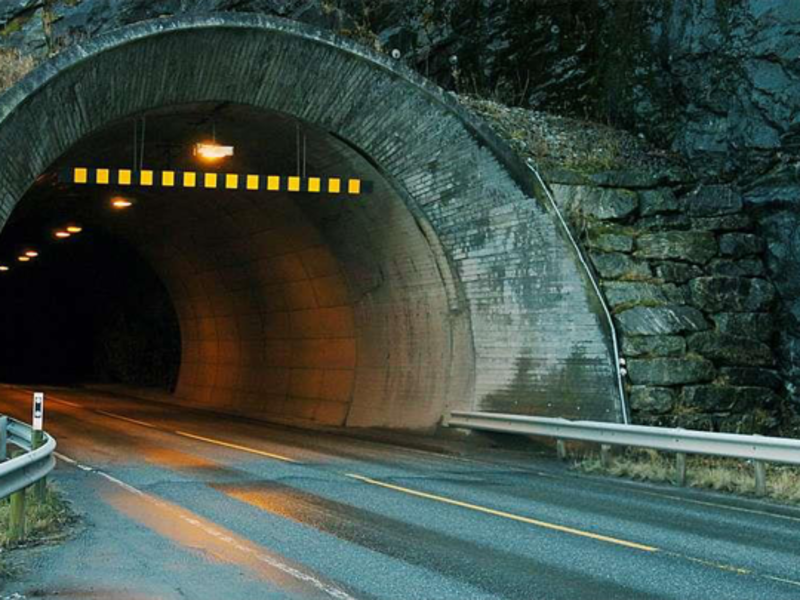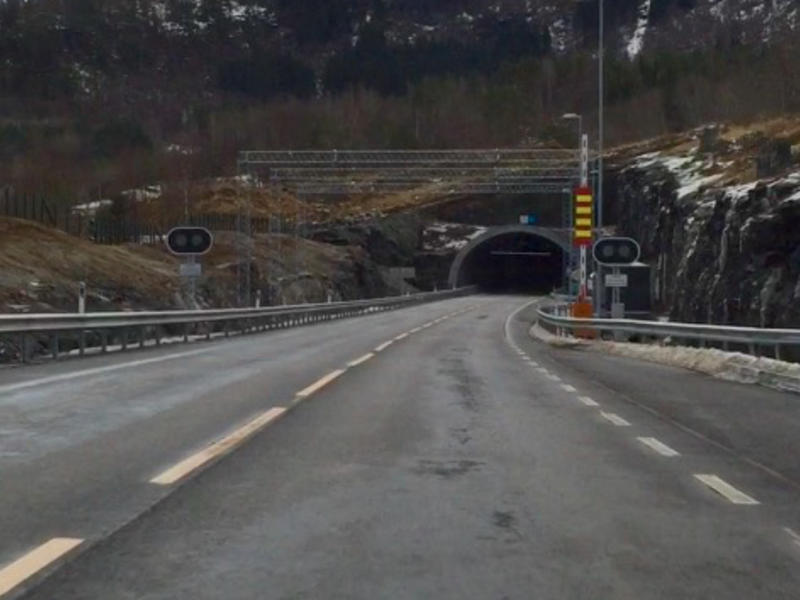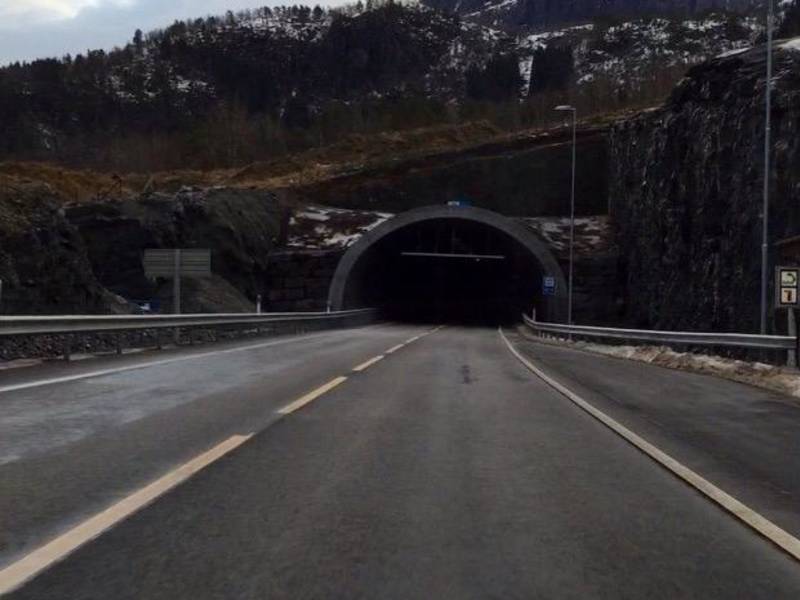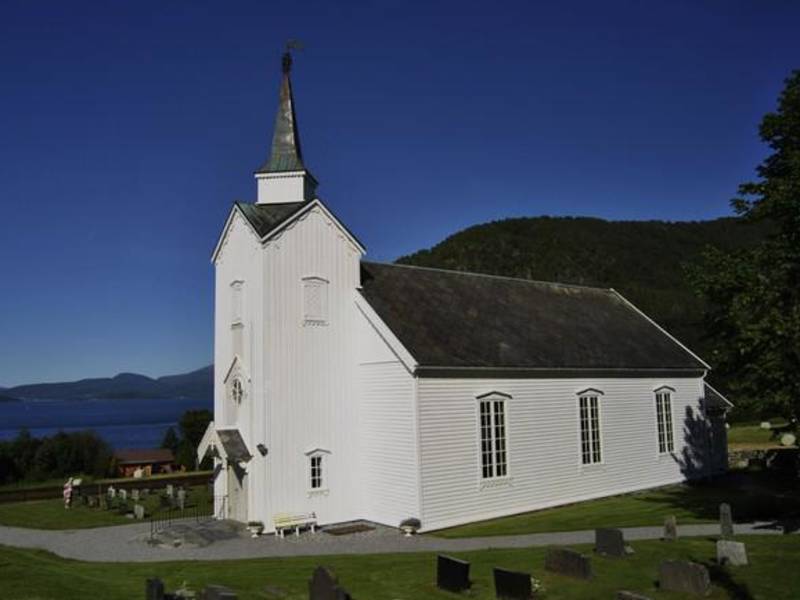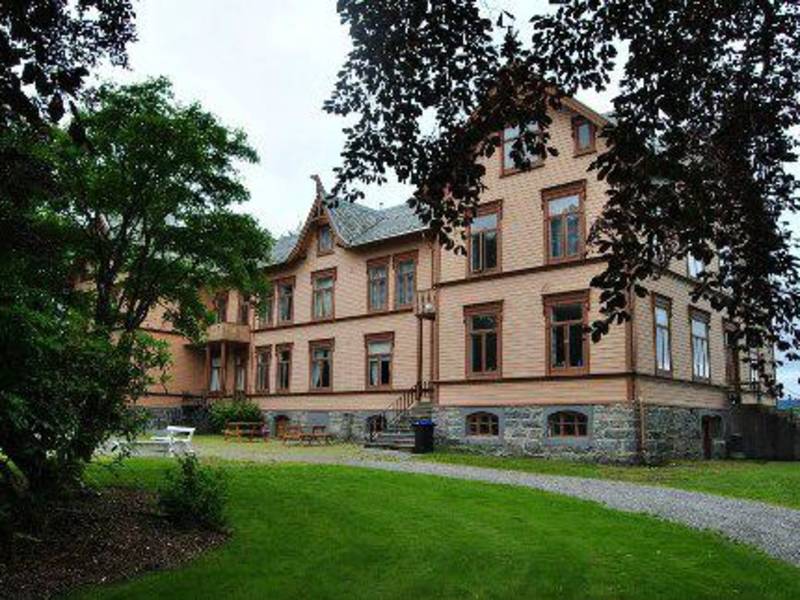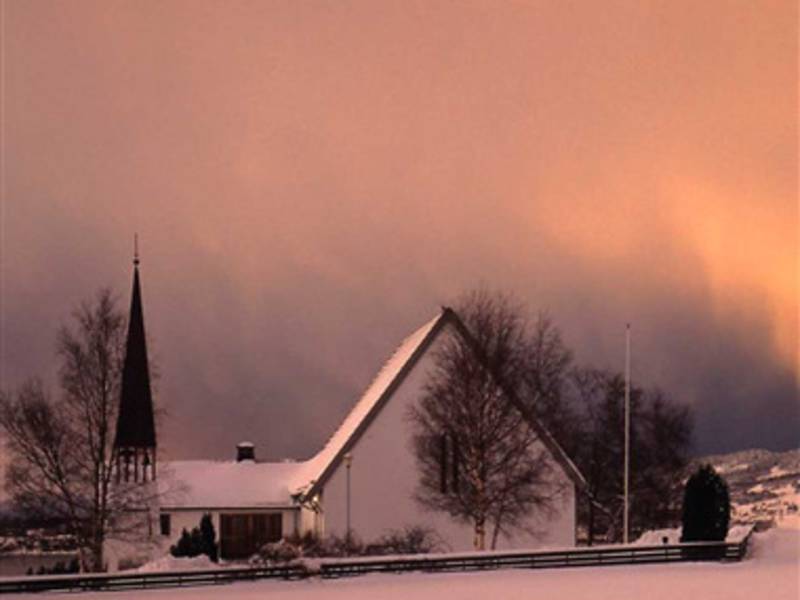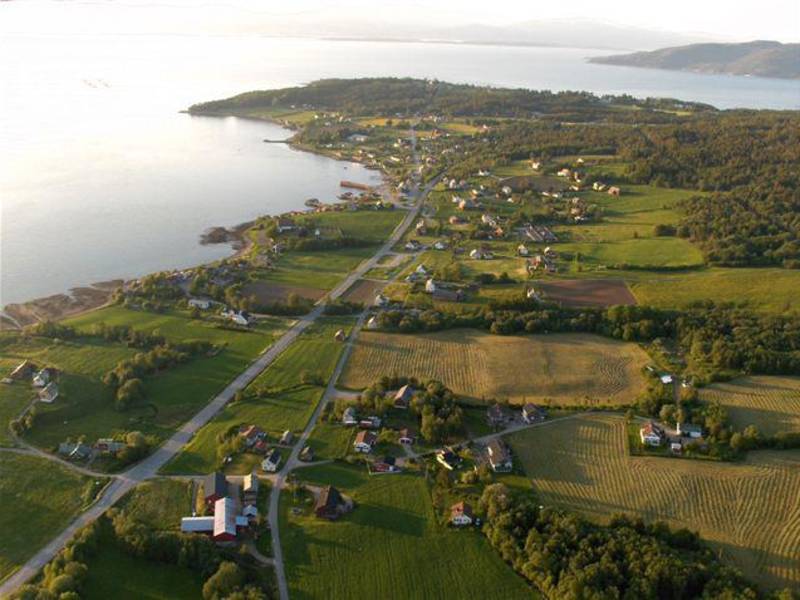Sunnmøre
(Photo: snl.no)
This region in Møre og Romsdal is called Sunnmøre. The word Møre originates from Norse marr, 'ocean, sea', and can be interpreted as "the land by the sea". People from Sunnmøre are called sunnmøringer. Sunnmøre has about 140,000 inhabitants and covers an area of 5,234 km2.
Sunnmøre's most important town is Ålesund and this is the biggest town between Bergen and Trondheim. Ålesund is the country's ninth biggest town and lies entirely on islands. Sunnmøre also has two other small towns, Ulsteinvik and Fosnavåg, and several large villages like Ørsta, Volda, Sykkylven, Hareid, Nordstrand, Stranda and Brattvåg.
Many islands, long and narrow fjords, including Geirangerfjorden on UNESCO's world heritage list, and Sunnmørsalpene (The Sunnmøre Alps) dominate the landscape. This also gives rise to many nature-related activities.
In the Sunnmørsalpene, it is possible to find some of the country's best alpine resorts, known as the "powder paradise". This area offers good opportunities for mountain hiking, climbing, ocean fishing, kayaking and scuba diving.
The region also has a wide range of restaurants and accommodation facilities that based on the natural conditions. We recommend that you check out activities on the Visit Ålesund & Sunnmøre's website. A link is available in the app.
Audio guides available in:Norsk bokmål, English (British)
